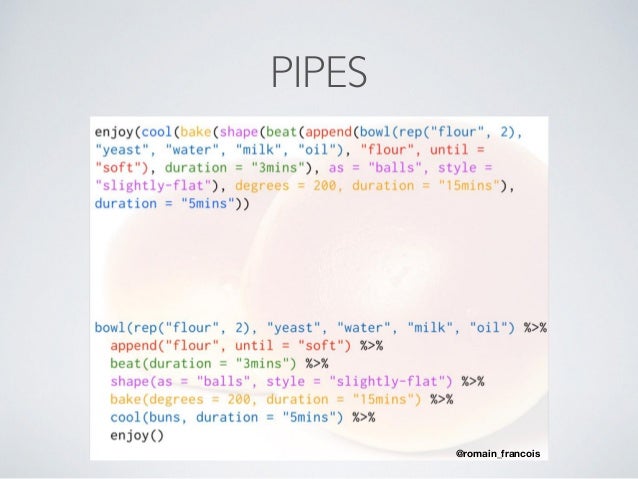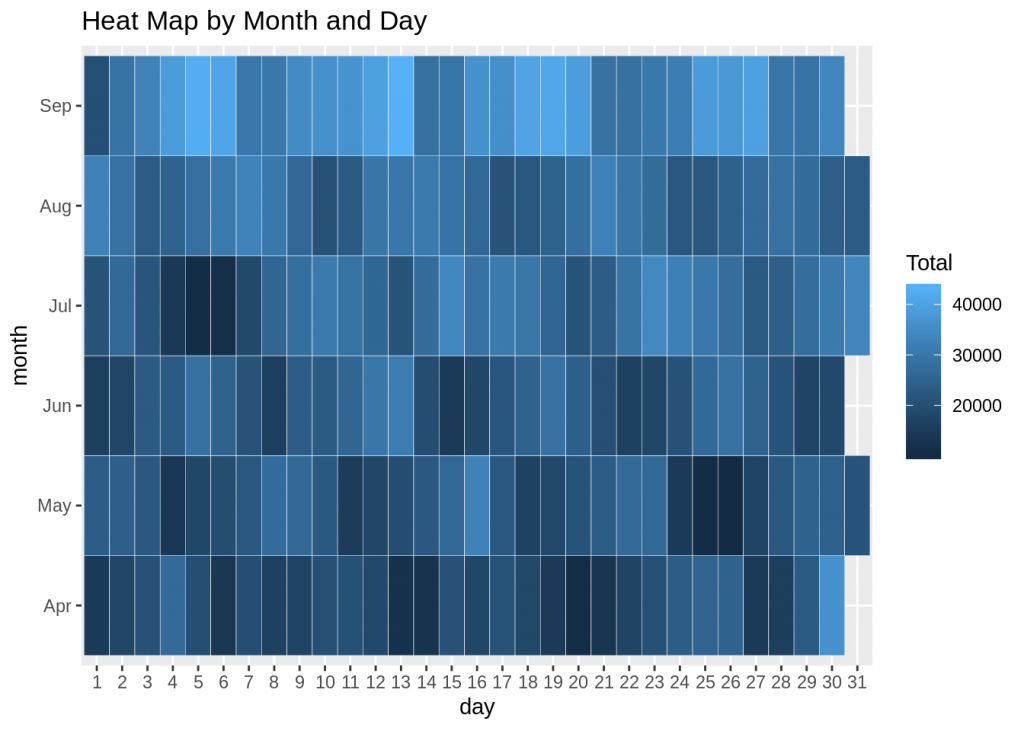

The above solutions do not work in this case because the data frame still needs to be grouped. What about two I want to summarize across one but leave the other as is.


Or use tally() to count the number of rows in each Using dplyr I would get the average score per measurement occasion. These answers are great if you have one variable to summarize by. We can use the function summarise with a range of built-in summary functions from R to obtain summary statistics from our data. By_species #> # A tibble: 87 × 14 #> # Groups: species #> name height mass hair_color skin_color eye_color birth_year sex #> #> 1 Luke Skyw… 172 77 blond fair blue 19 male #> 2 C-3PO 167 75 NA gold yellow 112 none #> 3 R2-D2 96 32 NA white, bl… red 33 none #> 4 Darth Vad… 202 136 none white yellow 41.9 male #> # ℹ 83 more rows #> # ℹ 6 more variables: gender, homeworld, species, #> # films, vehicles, starships by_sex_gender #> # A tibble: 87 × 14 #> # Groups: sex, gender #> name height mass hair_color skin_color eye_color birth_year sex #> #> 1 Luke Skyw… 172 77 blond fair blue 19 male #> 2 C-3PO 167 75 NA gold yellow 112 none #> 3 R2-D2 96 32 NA white, bl… red 33 none #> 4 Darth Vad… 202 136 none white yellow 41.9 male #> # ℹ 83 more rows #> # ℹ 6 more variables: gender, homeworld, species, #> # films, vehicles, starships The dplyr package comes with some very useful functions, and someone who uses R with data regularly would be able to appreciate the importance of this.


 0 kommentar(er)
0 kommentar(er)
